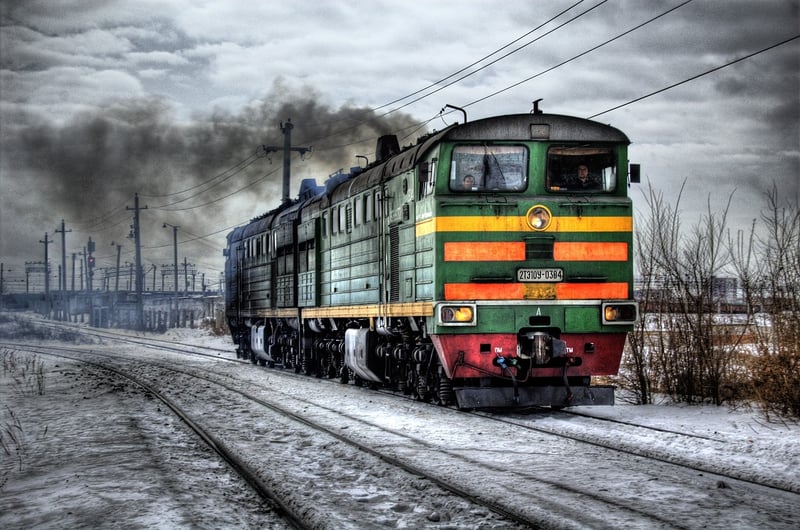Time Capsules
The Fascinating World of Travel Mechanisms and Time Capsules
Introduction
Travel mechanisms and time capsules have captured the imagination of people for generations. From ancient modes of transportation to futuristic concepts of time preservation, these topics offer a glimpse into the past and the possibilities that lie ahead.
Travel Mechanisms Through the Ages
Humans have always sought ways to travel faster and more efficiently. Let's explore some of the key mechanisms that have shaped our ability to move across great distances:
1. Wheel
The invention of the wheel revolutionized transportation. From ancient chariots to modern vehicles, the wheel remains a fundamental component of travel.

2. Steam Engine
The steam engine powered the Industrial Revolution and enabled the development of trains and steamships, ushering in a new era of travel.

3. Automobile
The invention of the automobile made personal travel accessible to the masses, transforming the way we commute and explore the world.

The Concept of Time Capsules
Time capsules serve as a way to preserve memories and information for future generations. Let's delve into this intriguing concept:
What is a Time Capsule?
A time capsule is a container filled with items that are intended to be opened by future generations, providing insights into the past.
Why Create Time Capsules?
Time capsules offer a unique way to connect with the future, allowing us to communicate our values, culture, and technological advancements to generations yet to come.
Notable Time Capsules
- The Crypt of Civilization: Sealed in 1940 at Oglethorpe University, intended to be opened in the year 8113.
- Westinghouse Time Capsules: Buried at the 1939 and 1964 New York World's Fairs, to be opened in 6939 and 6939, respectively.
Conclusion
Travel mechanisms and time capsules offer intriguing insights into human ingenuity and our desire to explore, innovate, and preserve our legacy for the future. As we continue to advance technologically, these concepts will likely evolve, inspiring new generations to push the boundaries of what is possible.
